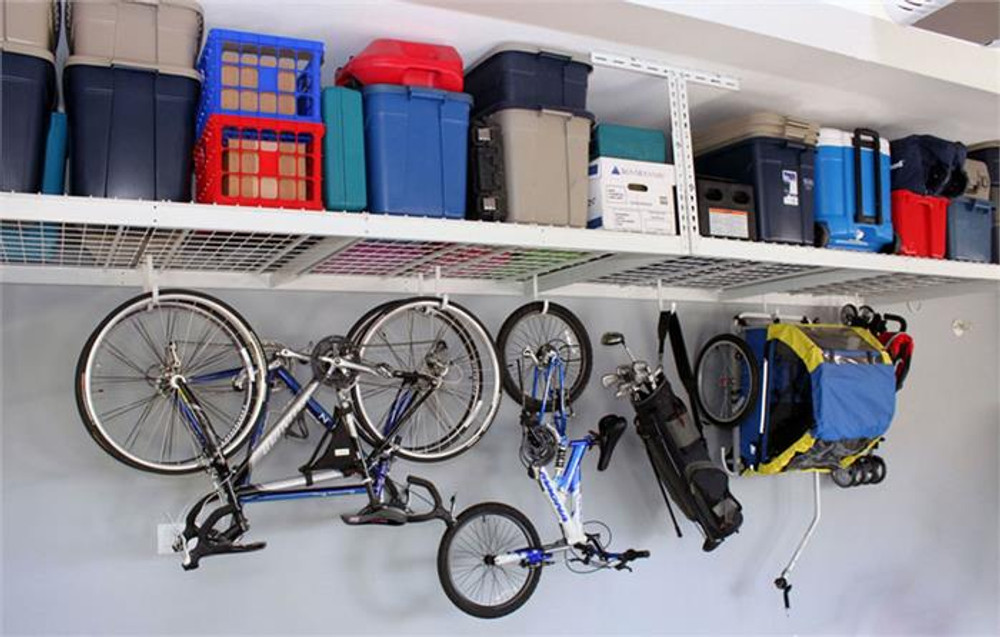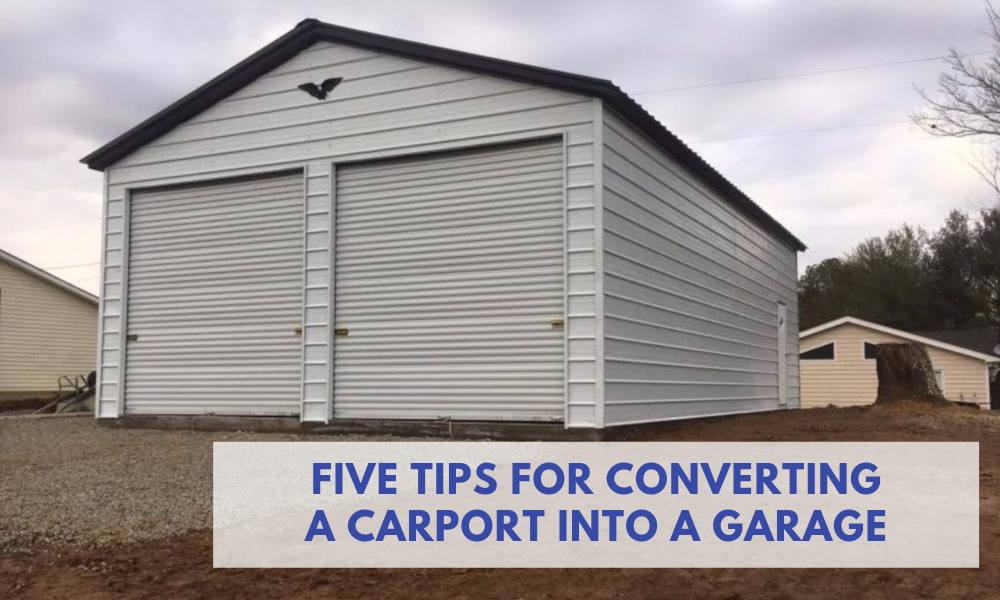
There are many sizes of garage doors. Some can be as small and narrow as a few inches. Others can be several feet tall. These doors are suitable for both residential and commercial use. You can use them for residential, commercial, and industrial purposes.
Standard Garage Door Measurements
The standard garage size for most homes is 9 x 7 ft for a one-car garage door, and 16 x 7 ft for a two-car garage door. This size is great for most cars and will suit many people's needs.
You should consider the type of vehicle that you plan to park inside your garage door size when choosing the size. If you plan to park a large SUV inside, a taller garage may prove more practical. A double garage door is also useful if you have more than one car and need to park them side-by-side.

If you plan to have an RV, it's likely that you'll need a larger garage door, perhaps a 20 foot garage door. It is important to measure the space in your garage to determine how big you can store an RV.
Garage Door 10ft
If your garage has a smaller footprint and you are only parking small cars, a 10-foot garage entrance might be more suitable. These doors are slightly smaller than a 12-foot one, making it easier to access the garage and park your cars.
8-foot Garage Door
If you need to park a couple of smaller vehicles in your garage, you may want to choose an 8-foot garage door. You can choose from a range of styles and colors including wood grain finishes.
12' Garage Door
A 12-foot garage entrance might be the right choice for you if you have a larger garage. These doors are usually available in a wide range of colors, and can be purchased at most hardware shops.

18 ft Garage Door
A typical 18-foot garage door will be a good fit for most people's needs, and is generally the most popular of all the sizes. It has sufficient space to fit most vehicles. You can even open it up to the full height to park a small motorcycle or trailer.
Talking to an architect or designer is a great way to determine which garage door will work best for you. They can help you decide whether the size of the door is sufficient for your needs and can even suggest different door styles that will work better in your space. They will also be able to help you decide which materials are best for your garage.
FAQ
How much is it to renovate and gut a whole kitchen?
It's possible to wonder how much a home remodel would cost if you are thinking of starting one.
The average kitchen renovation cost is between $10,000-$15,000. There are many ways to save money and improve the overall feel of your kitchen.
You can cut down on costs by planning ahead. This includes choosing a style and color scheme that suits your lifestyle and finances.
An experienced contractor can help you cut down on costs. Professional tradesmen are familiar with every step of construction, so they won't waste their time trying to figure it out.
It would be best to consider whether you want to replace or keep your existing appliances. The cost of replacing appliances can increase by thousands of dollars in a kitchen remodel project.
Additionally, you may decide to purchase used appliances rather than new ones. Because you don't need to pay for installation, buying used appliances can help you save some money.
You can also save money by shopping around when buying materials and fixtures. Many stores offer discounts during special events such as Black Friday and Cyber Monday.
What is the difference between a remodel and a renovation?
Remodeling is the major alteration to a space or a part of a space. A renovation is a minor alteration to a space or part of a place. For example, a bathroom remodel is a major project, while adding a sink faucet is a minor project.
Remodeling involves replacing a complete room or a part of a entire room. A renovation involves only changing a portion of a room. A kitchen remodel might include the replacement of countertops, sinks as well as appliances, lighting, and other accessories. You could also update your kitchen by painting the walls, or installing new light fixtures.
How do I know if my house is in need of a renovation?
First, look at how recent your home has been renovated. You might want to renovate if you haven’t had any home updates in several years. You might also consider a remodel if your home is brand new.
The second thing you should check is whether your home is in good condition. A renovation is recommended if you find holes in your drywall, peeling wallpaper, or cracked tiles. A remodel is not necessary if your home appears to be in great condition.
Another factor to consider is the general state of your home. Is your house structurally sound? Do the rooms look clean? Are the floors clean? These questions are critical when deciding what type of renovation you should do.
Is $30000 enough for a kitchen remodel?
A kitchen remodel costs anywhere from $15000 up to $35000 depending on what you are looking for. For a complete renovation of your kitchen, you can expect to pay over $20,000. For less than $3000, you can update appliances, add lighting, and replace countertops.
An average cost for a complete renovation is between $12,000-$25,000. There are many ways to save money and not compromise on quality. You can replace an existing sink with a new one for around $1000. You can also buy used appliances at half the cost of new ones.
Kitchen renovations take more time than other types. So plan accordingly. You don't want your kitchen to be finished halfway through.
Your best bet is to get started early. Start looking at options and collecting quotes from various contractors. Then, narrow down your options based upon price, quality, availability.
Once you've identified potential contractors to work with, ask for their estimates and compare the prices. It's not always the best option to go with the lowest price. It is important to find someone with the same work experience as you who will provide a detailed estimate.
Make sure you include all extras in your final cost calculation. These could include labor costs, permits, and material charges. Be realistic about your financial limitations and stay within your budget.
Tell the contractor if you don't like any of the bids. You can tell the contractor why the first quote isn't what you want and get another one. Don't let your pride prevent you from saving money.
Are there any savings on a remodel of a bathroom or kitchen.
Remodeling a bathroom or kitchen is an expensive proposition. It is worth considering the amount of money you spend on your energy bills each monthly.
You could save thousands each year by making a small upgrade. Simple improvements such as insulation of walls and ceilings can lower heating and cooling costs up to 30 percent. Even a modest addition can improve comfort and increase resale value.
It is essential to remember that renovations should be done with durable, easy-to-maintain materials. Materials such as porcelain tile, stainless steel appliances, and solid wood flooring last longer and require fewer repairs than vinyl or laminate countertops.
You might also find that replacing old fixtures by newer models can reduce utility expenses. Installing low-flow faucets or showerheads can cut water use by up to 50%. Compact fluorescent bulbs can be replaced with inefficient lighting to reduce electricity consumption by as much as 75 percent.
What are the most expensive expenses for remodeling a kitchen.
When planning a kitchen renovation, a few major costs are involved. These include demolition, design fees, permits, materials, contractors, etc. But when we look at these costs individually, they seem pretty small. They quickly grow when added together.
Demolition is most likely the most expensive. This involves removing old cabinets, appliances and countertops as well as flooring. The insulation and drywall must be removed. Finally, you have to replace those items with new ones.
Next, hire an architect who will draw plans for the space. To ensure that the project meets all building codes, permits must be obtained. Next, you will need to hire someone to actually build the project.
Finally, after the job is completed, you must pay the contractor. Depending on the size of the job, you could spend between $20,000 to $50,000. This is why it's important to get estimates form multiple contractors before hiring one.
You can sometimes avoid these costs if you plan. You might be able negotiate better materials prices or skip some work. You will be able save time and money if you understand what needs to done.
For example, many people try to install their cabinets. Because they don't have professional installation fees, this is a way to save money. Problem is, they often spend more time trying to place the cabinets themselves. A job can typically be done in half the time than it would take for you by professionals.
Unfinished materials can also be a way to save money. Before purchasing pre-finished materials like cabinets, you must wait until all the pieces are assembled. Unfinished materials can be used immediately by you if purchased. Even if it doesn't go according to plan, you can always change your mind later.
Sometimes, it's just not worth the effort. Planning is the best way save money on home improvement projects.
Statistics
- According to a survey of renovations in the top 50 U.S. metro cities by Houzz, people spend $15,000 on average per renovation project. (rocketmortgage.com)
- 55%Universal average cost: $38,813Additional home value: $22,475Return on investment: 58%Mid-range average cost: $24,424Additional home value: $14,671Return on investment: (rocketmortgage.com)
- $320,976Additional home value: $152,996Return on investment: 48%Mid-range average cost: $156,741Additional home value: $85,672Return on investment: (rocketmortgage.com)
- Attic or basement 10 – 15% (rocketmortgage.com)
- Windows 3 – 4% Patio or backyard 2 – 5% (rocketmortgage.com)
External Links
How To
How to Install Porch Flooring
Although porch flooring installation is simple, it requires some planning and preparation. Before installing porch flooring, you should lay a concrete slab. You can also lay a plywood deckboard if you don't have access to concrete slabs. This allows you to install your porch flooring without spending a lot of money on a concrete slab.
Before installing porch flooring, you must secure the plywood as the subfloor. First measure the porch's width. Then cut two strips from wood that are equal in width. These strips should be attached to the porch from both ends. Then, attach the strips to the walls by nailing them in place.
Once you have secured the subfloor, you will need to prepare the space where you want to install the porch flooring. This involves typically cutting the top layer from the floorboards to fit the area. Then, you must apply a finish to the porch flooring. A polyurethane is a common finish. It is possible to stain porch flooring. Staining is easier than applying a clear coat because you only need to sand the stained areas after applying the final coat of paint.
Once you have completed these tasks, you can finally install the porch flooring. Begin by marking the location for porch flooring. Next, cut your porch flooring to the desired size. Finally, set the porch flooring in place and fasten it using nails.
If you want to increase the stability of your porch flooring's floor, you can install porch stairs. Porch stairs are often made from hardwood. Some people prefer to put their porch stairs up before they install their porch flooring.
Once your porch flooring is installed, it is time for the final touches. First, remove and replace the porch flooring. You'll need to clean up the debris. You must take care of dirt and dust in your home.